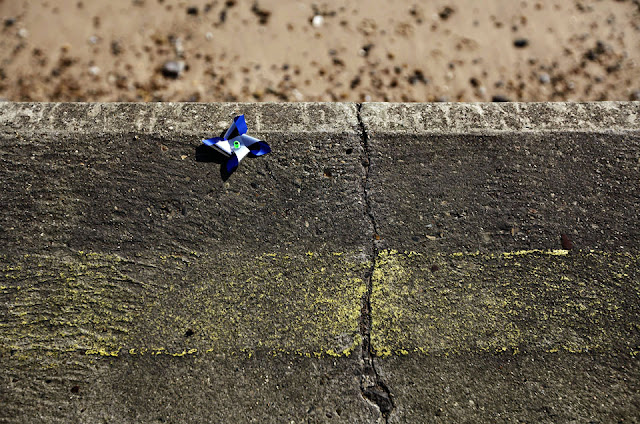Several years ago I did a byline picture of one of my colleagues, and after she decided that she rather liked it, we agreed to do a trade.
My ransom for the rights to use the picture on her web-site and PR company profile was fairly simple, a few packs of Polaroid 600 film. At the time, the film had just been withdrawn but it was still reasonably easy to find on internet auction sites.
Now we all know how life gets in the way of these slightly fiddly tasks and despite an occasional friendly hint, it looked as though I was likely to go un-remunerated. But with a special occasion coming up, I decided to give it one final try, and sent off a little gentle reminder that the swap was still not completed.
The response I got could not have been nicer. A short note apologising for delay accompanied by a UPS tracking number. A few days later, a cardboard cube bound with tape bearing the legend "impossible" was sat on the kitchen table, greeting my return from a long and tiring day.
My much loved Polaroid SLR 680 has lain dormant and somewhat neglected since the demise of 600 packs. And despite the inspiration of reading Greg Funnell's post about early Impossible offerings, I had been reticent about the shading process.
It basically meant that you had to get the film immediately into shade to stop fogging of the developing image. Most people who had experimented with it described a kind of "mason's handshake" technique involving holding the film box over the exit chute of the camera with your left hand whilst supporting the underside and pressing the shutter with your right.
Now though, the new PX680 looks to be a might less cack-handed to use. You simply have to get the developing shot into shade promptly rather than immediately.
I have not had time to try this yet but it's hard to properly express the childish joy and anticipation with which I am looking forward to popping the seal and firing up the my beloved 680.


























































